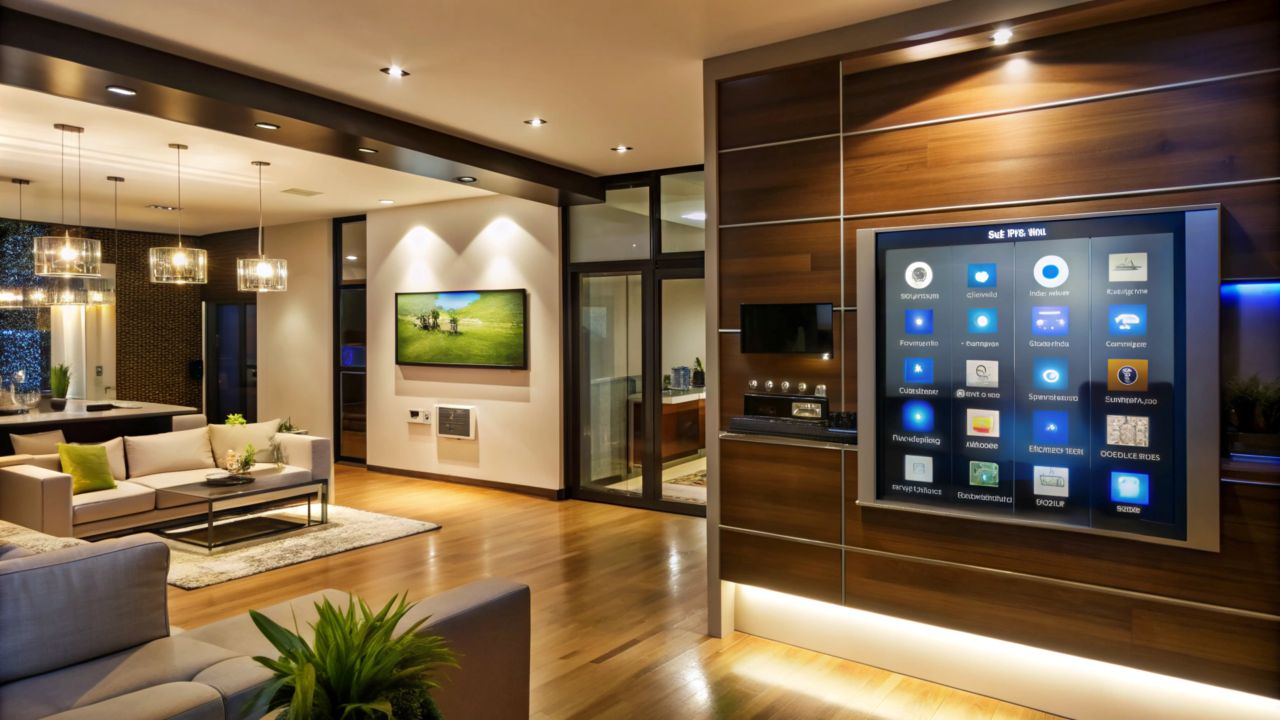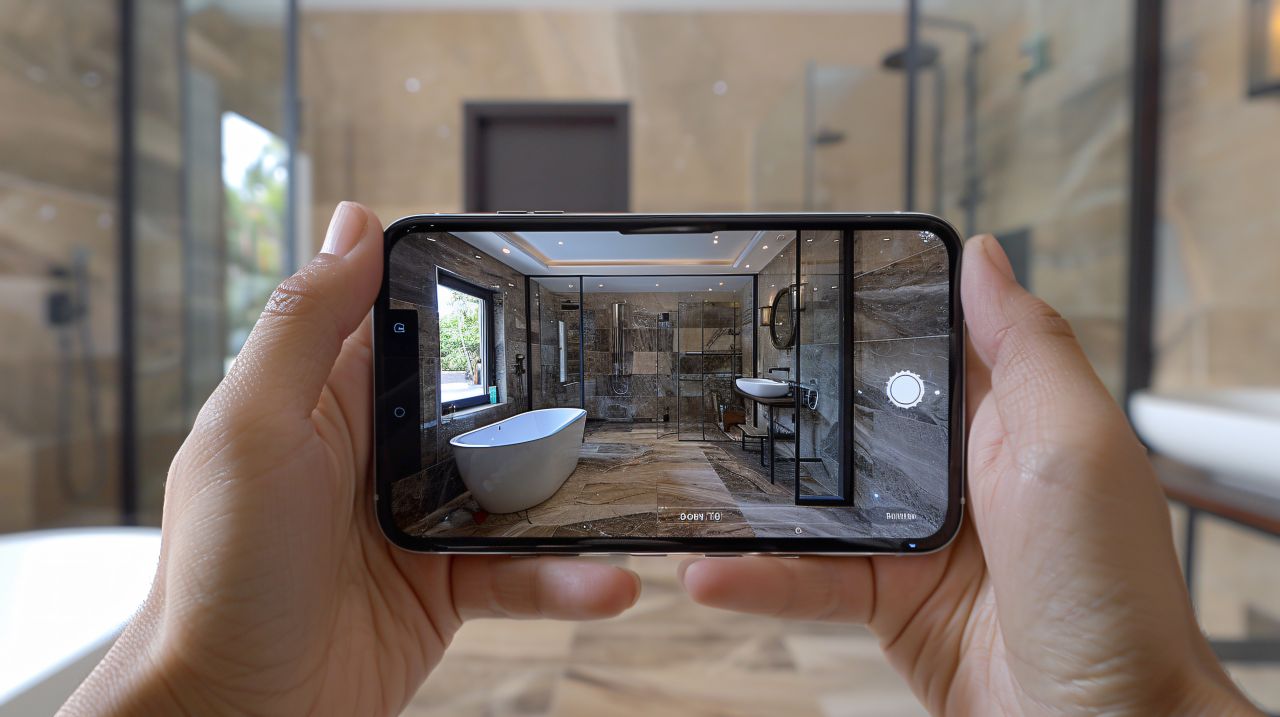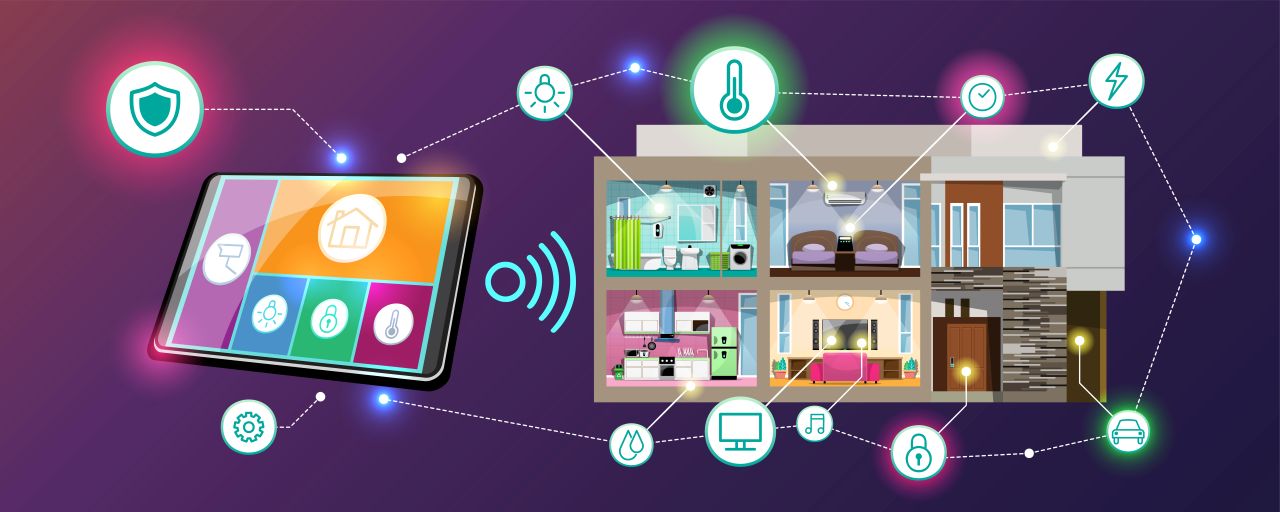Introduction
The interior design and home decor industry, traditionally rooted in artistic expression and craftsmanship, is now being reshaped by the power of information technology (IT). With the rise of digital tools, cloud platforms, and intelligent automation, design professionals can now create, communicate, and execute ideas with unprecedented precision and efficiency.
From 3D visualizations to AI-driven recommendations and smart home integration, technology is not only enhancing the creative process but also redefining how spaces are experienced. This digital transformation is creating exciting new opportunities for designers, businesses, and consumers alike.
1. Digital Transformation in Design Processes
Digital tools such as Computer-Aided Design (CAD) and Building Information Modelling (BIM) have revolutionized the planning phase of interior design. These platforms enable precise floor planning, spatial analysis, and intelligent design adjustments with minimal effort. Designers can make rapid iterations, test different layouts, and share realistic visualizations with stakeholders before construction begins.
These technologies also enhance collaboration with architects, engineers, and contractors by providing a unified visual and technical language. With integrated databases and real-time updates, project errors are reduced, and timelines are shortened—leading to more efficient and cost-effective outcomes.

2. 3D Visualization and Virtual Reality (VR)
With 3D rendering software and VR headsets, interior designers can now offer clients immersive previews of their future spaces. High-quality renderings and virtual walkthroughs enable better understanding and decision-making, eliminating the ambiguity often associated with flat sketches or mood boards.
Clients can explore design options interactively, tweaking elements like colour, texture, lighting, or furniture arrangements in real time. This not only increases client satisfaction but also minimizes revisions, accelerating project timelines and reducing costs in the long run.
3. Augmented Reality (AR) in Home Decor Shopping
AR is reshaping how homeowners and designers shop for decor. Apps such as IKEA Place and Houzz allow users to superimpose virtual furniture or decor items onto real-world environments using their smartphones. This gives clients the confidence to see how pieces will look in their actual space before purchasing.
This level of interactivity also benefits retailers by decreasing return rates and enhancing buyer confidence. By merging e-commerce with AR, brands offer a personalized shopping experience that blends convenience with visual certainty.

4. Smart Home Integration and IoT Devices
The rise of smart homes has made IoT (Internet of Things) an integral part of modern interior design. Designers are now expected to plan spaces that seamlessly integrate smart lighting, climate control, audio systems, and voice-activated assistants.
This convergence of technology and design emphasizes convenience, energy efficiency, and personalization. Incorporating these elements during the design phase ensures that clients enjoy not only beautifully curated spaces but also functional, future-ready environments.

5. Cloud-Based Collaboration Tools
Cloud-based tools like Trello, Asana, Figma, and Slack enable seamless collaboration between interior designers, clients, and suppliers. These platforms allow teams to manage tasks, share real-time updates, and centralize documentation, all from remote locations.
This digital workflow eliminates communication delays and keeps everyone aligned throughout the design process. With increased transparency and accessibility, project execution becomes more streamlined and adaptable—especially in large or international design projects.
6. AI-Driven Design Personalization
AI is revolutionizing personalization in interior design. Algorithms can analyse user preferences, browsing history, and space dimensions to suggest optimal layouts, colour schemes, and decor items. Tools like Modsy and Havenly already utilize AI to generate custom design suggestions at scale.
This level of automation saves time while still delivering a tailored experience. As AI continues to evolve, it is likely to serve as a powerful co-creator, augmenting the designer’s intuition with data-backed insights and trend analysis.
7. E-Commerce and Online Marketplaces
E-commerce has opened new revenue streams for designers and decor brands. Designers can curate online storefronts, offering clients one-click access to recommended furnishings and accessories. This integration creates a seamless experience from design to delivery.
Online platforms also provide detailed analytics on consumer behaviour, helping designers refine their product offerings. With drop shipping and on-demand manufacturing, even small studios can scale their business without large inventories.

8. Data Analytics and Consumer Behaviour
Data analytics tools allow interior designers and retailers to identify consumer behaviour patterns, popular trends, and purchasing preferences. Platforms track engagement, analyse feedback, and deliver insights that inform both creative and strategic decisions.
By leveraging this data, businesses can anticipate client needs, refine design services, and create more personalized marketing campaigns. In a competitive market, data-driven design is not just a value-add—it’s becoming a necessity.
9. Virtual Consultations and Remote Design Services
The pandemic accelerated the adoption of virtual design consultations, and the trend has endured. With tools like Zoom, Microsoft Teams, and cloud-based sharing, designers can present concepts, review materials, and collaborate with clients entirely online.
This has allowed professionals to serve clients across geographies, expanding their market reach and improving flexibility. Virtual services also lower operational costs and appeal to tech-savvy clients who prefer on-demand convenience.

10. Sustainable and Smart Material Selection
Tech platforms now offer comprehensive databases of eco-friendly and sustainable materials, helping designers make more responsible choices. By filtering materials based on certifications, lifecycle impact, or carbon footprint, sustainability becomes an integral part of the design process.
In addition, smart materials—like self-regulating blinds or energy-efficient glass—are increasingly being integrated into projects. These innovations not only align with green building standards but also enhance comfort, efficiency, and long-term value.
Conclusion: Where Art Meets Innovation
Information technology has ushered in a new era of innovation in interior design and home decor. What was once limited to sketches and samples is now an immersive, data-informed process supported by smart tools and real-time collaboration. Designers can work more efficiently, clients can visualize spaces more clearly, and homes can function more intelligently than ever before. As the industry continues to evolve, those who embrace digital transformation will be better equipped to meet modern demands, deliver personalized experiences, and lead the future of design.
